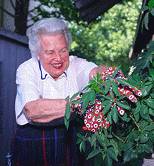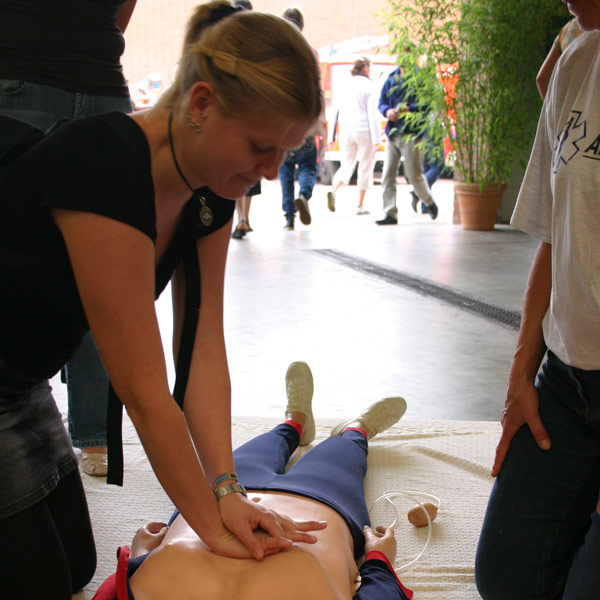
WEDNESDAY, Feb. 18, 2015 (HealthDay News) — Light physical activity may benefit older adults’ hearts — even if they have mobility issues, a new study suggests.
It’s well known that regular exercise can do a heart good, at any age. But there’s little evidence on whether light activity can benefit older adults with physical impairments — such as knee arthritis — that limit their ability to exercise.
“We hear the advice to get at least 30 minutes of moderate exercise a day, but that can be quite challenging for seniors with limited mobility,” said Thomas Buford, the senior researcher on the study, and director of the Health Promotion Center of the University of Florida Institute on Aging, in Gainesville.
Buford’s team found some encouraging results: Among almost 1,200 elderly adults with limited mobility, those who fit some movement into their days — such as light housework or slow walking — had a lower predicted risk of suffering a heart attack over the next 10 years.
“This is an important concept — that just reducing the amount of time you’re sedentary could have cardiovascular benefits,” said Buford, who reports the findings in the Feb. 18 online issue of the Journal of the American Heart Association.
The caveat, though, is that the study does not actually prove that light activity prevents heart attacks in the elderly, Buford said.
His team looked at the association between seniors’ daily activity levels and their predicted risk of suffering a heart attack or dying from heart disease over 10 years. That was done using a standard “calculator” that estimates a person’s odds of developing future heart trouble.
“What we’re really interested in is seeing, over time, how [activity levels] track with actual rates of coronary heart disease events,” Buford said.
Still, the findings should encourage doctors and families to help older adults find ways to stay active, said Dr. Gerald Fletcher, a cardiologist at the Mayo Clinic in Jacksonville, Fla., and a spokesman for the American Heart Association.
“It does need to be something safe,” Fletcher said. “But there are a lot of good options for that.”
Classes at the local Y or a senior center, specifically designed for older adults with physical limitations, are a good choice, Fletcher said. Learning simple home-based exercises is another option, he said, especially for those who must stay indoors due to bad weather.
“Getting advice and encouragement from your doctor is important,” Fletcher said. “And I think we doctors need to do a better job of that.”
The current study included 1,170 adults in their 70s and 80s with some mobility limitations. Buford said they were able to walk a certain distance — about one lap around a track — without help, but they had difficulty climbing stairs or walking at a quicker pace.
The study participants wore accelerometers, which recorded their movement throughout a normal day, for at least a week.
Buford’s team found that, on average, the study group was sedentary for more than 10 hours a day. They spent another three hours or so being active, mostly at a level equivalent to doing light household chores or walking slowly.
Even that light activity seemed to make a difference.
“For every 25 to 30 minutes that a person was sedentary, the predicted risk of [heart attack or death] increased 1 percent,” Buford said.
And that connection was not explained by factors like existing heart problems, poor sleep or depression symptoms, the researchers found.
“I think this and other studies are showing us it’s never too late for people to benefit from physical activity,” Buford said.
And based on the current findings, he added, even “small, feasible” daily activities might do a heart good.
But Buford agreed that structured, supervised exercise can also be a good option for seniors with mobility issues.
“Older adults often enjoy the social aspect of classes,” he said. “And that can help motivate them to stay active.”
Fletcher agreed, and noted that the exercise itself can have benefits beyond the physical. “I think when older adults stay active, they just enjoy life more,” he said.
More information
The U.S National Institutes of Health has more on exercise for older adults.
Copyright © 2025 HealthDay. All rights reserved.

